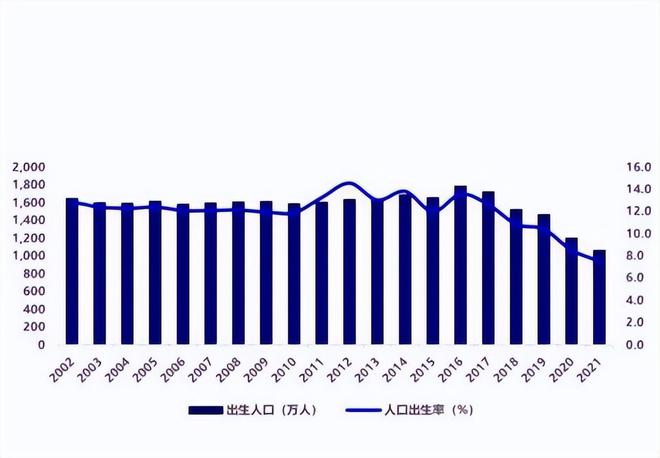The evolution of the English language is a fascinating journey that traces its roots back thousands of years, reflecting the complex interplay between various cultures and civilizations. This article aims to provide a succinct history of English development, highlighting key periods and milestones along the way. Understanding the developmental trajectory of English offers not only a glimpse into its linguistic diversity but also provides insight into the cultural exchanges that have shaped it.
Outline
1.Introduction to Old English
- Brief overview of the origins and characteristics of Old English.
- Influence of Celtic and Germanic tribes in England.
2.Middle English: The Norman Conquest and Beyond
- Impact of the Norman Conquest on English vocabulary and spelling.
- Development of Middle English prose and literature.
3.Early Modern English: Renaissance and Expansion
- Influence of the Renaissance on English literature and pronunciation.
- Expansion of the British Empire and the spread of English as a global language.
4.Modern English: Standardization and Technology
- Formation of standardized English through the printing press and educational reforms.
- The impact of technology and media on contemporary English usage.
5.Conclusion
- Reflection on the ongoing evolution of the English language.
- The importance of historical perspective in understanding contemporary English.
Introduction to Old English
Old English, also known as Anglo-Saxon, is considered one of the earliest forms of the English language. It evolved from the combination of native Celtic languages spoken by early settlers in Britain and Germanic languages brought over by invading tribes, particularly the Angles, Saxons, and Jutes during the 5th century A
D.Old English had a rich oral tradition, with many texts preserved in manuscript form such as Beowulf, a seminal epic poem detailing the adventures of a hero in ancient times.
The language's structure was heavily influenced by Germanic grammar, featuring a mix of inflections for case and gender, alongside uniquely Anglo-Saxon words that have since been absorbed into modern English. For example, words like "mother" and "brother" retain their Old English roots in today's language.
Middle English: The Norman Conquest and Beyond
A significant transformation in the English language occurred following the Norman Conquest of 1066 when William the Conqueror and his Viking followers established control over England. French became the language of nobility and administration, leading to a substantial influx of Norman-French vocabulary into English. Words such as "court," "drama," and "chef" are direct borrowings from French into Middle English.
During this period, English literature saw new developments with the rise of romance and chivalric tales, which were often composed in verse. Chaucer's "Canterbury Tales" (completed around 1400) is an iconic work from this era, showcasing the evolving nature of the English language. The orthography also began to stabilize, though variations in spelling remained common.
Early Modern English: Renaissance and Expansion
The Renaissance marked another turning point in the history of English, introducing classical influences and fostering a renewed interest in literature and art. Figures like Shakespeare played pivotal roles in shaping modern English through his innovative vocabulary and dramatic use of language. His works, such as "Hamlet" and "Macbeth," remain central texts in English literature, demonstrating the richness and versatility of Early Modern English.
Simultaneously, the expansion of the British Empire facilitated the global spread of English. As colonists ventured overseas, they carried their language with them, laying the groundwork for what we now know as American English and other regional dialects. The establishment of schools and universities abroad also contributed significantly to standardizing written English across different colonies.
Modern English: Standardization and Technology
In the 17th and 18th centuries, efforts towards standardizing English gathered momentum. Samuel Johnson's "Dictionary of the English Language" (1755) is often cited as a cornerstone in the codification process, aiming to establish norms and reduce linguistic chaos prevalent at the time. The advent of the printing press further accelerated this standardization, making books more accessible to the masses and promoting uniformity in spelling and grammar.
The Industrial Revolution and subsequent technological advancements have profoundly impacted contemporary English usage. The rise of mass communication, including newspapers, radio, television, and later the internet, has exposed speakers to an ever-widening range of linguistic expressions, resulting in a dynamic and continuously evolving language. Phrases like "email" and "internet" are prime examples of tech-driven innovations integrated seamlessly into everyday language.
Conclusion
Reflecting upon the long journey of English evolution underscores its adaptability and resilience. From its humble origins among Celtic tribes to becoming an indispensable medium of global communication, English has transformed dramatically over millennia. Each phase in its history reflects broader cultural shifts and cross-cultural interactions that continue to shape our present-day linguistic landscape. By understanding these historical contexts, we gain a deeper appreciation for contemporary English and its ability to encapsulate humanity's shared experiences.
标签:#福地阅读网












评论列表